Department of Pediatric NeurosurgeryTel. +380 44 483-96-14 E-mail: dk1neuro@gmail.com facebook: https://www.facebook.com/groups/509103034093998 How to find: Institute of Neurosurgery, Building 5, 2nd floor (see Map and Institute scheme). 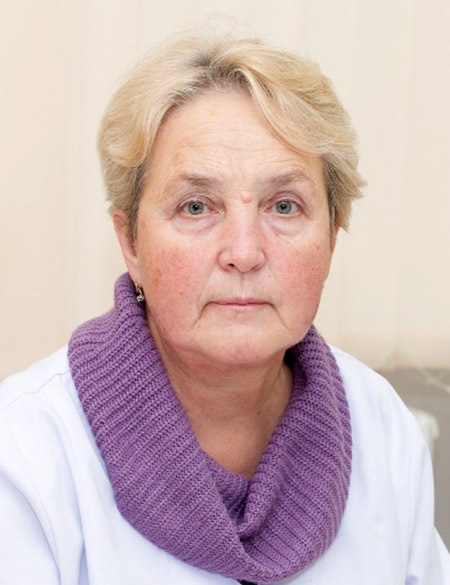
Lyudmila M. Verbova
head of the department MD, PhD, DSc, Professor, Pediatric Neurosurgery 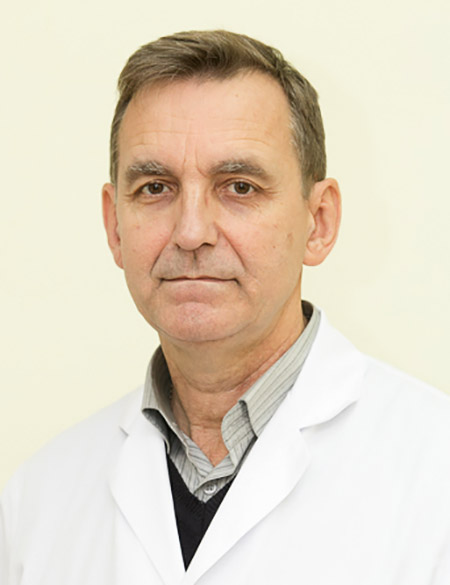
Ivan P. Protsenko
MD, PhD, Pediatric Neurosurgery 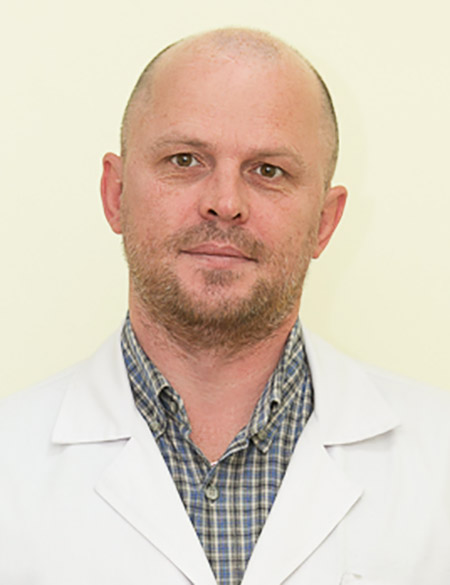
Andriy O. Svust
MD, Pediatric Neurosurgery, Honored Doctor of Ukraine 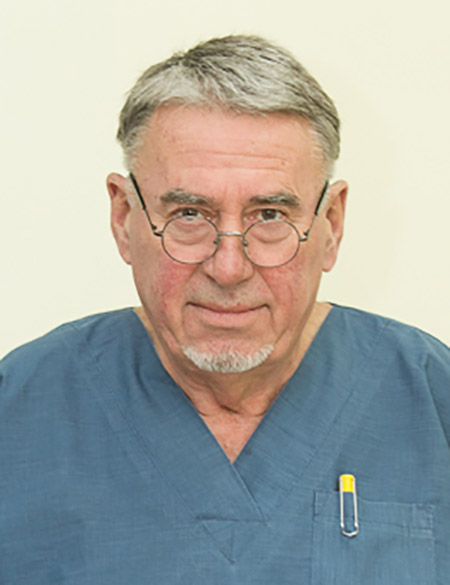
Mykola V. Plavskyi
MD, Pediatric Neurosurgery 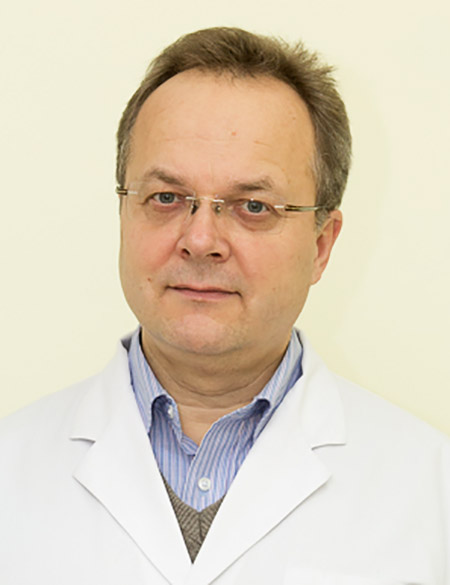
Leonid L. Marushchenko
MD, PhD, Pediatric Neurosurgery 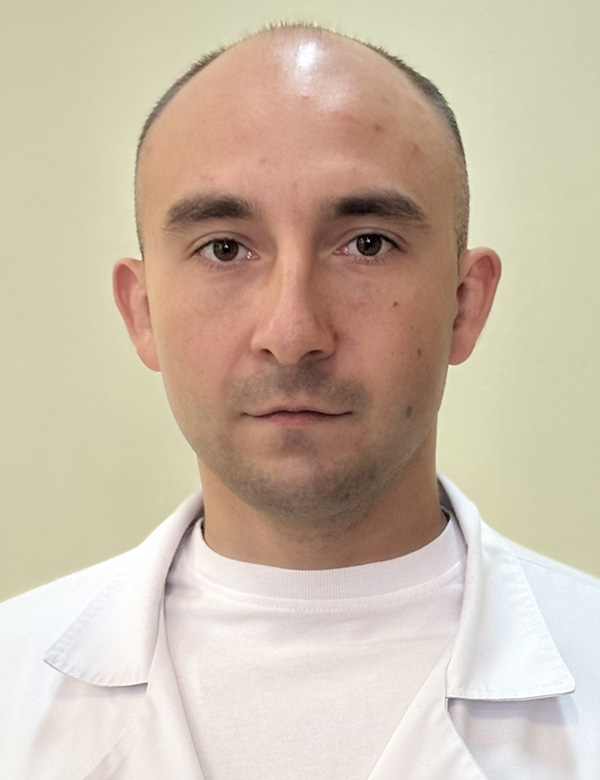
Oleksandr M. Molodetskyi
MD, Pediatric Neurosurgery List of diseases and symptoms with which patients apply
Congenital defects of the central nervous system: Arnold-Chiari anomaly Dandy-Walker anomaly Encephalocele Spina bifida Meningocele Meningomyelocele Meningomyeloradiculocele Dermal sinus Hernia-lipoma Fixation of the spinal cord Diastematomyelia Arachnoid cyst Cyst of the brain Intracranial cerebrospinal fluid cyst Craniosynostosis Scaphocephaly Trigonocephaly Plagiocephaly Brachycephaly Crouzon syndrome Apert syndrome Pfeiffer syndrome
Hydrocephalus: Congenital hydrocephalus Posthemorrhagic hydrocephalus Post-inflammatory hydrocephalus Occlusive hydrocephalus Fragmentation of the ventricular system Aresorptive hydrocephalus Shunt infection Shunt system dysfunction
Tumors of the brain and spinal cord: Craniopharyngioma Tumors of the pineal area (pinealoma, pineoblastoma) Teratoma Dermoid Herminoma Brain stem tumor Intraventricular tumor Tumor of the 3rd ventricle Tumor of the 4th ventricle Choroid plexus tumor Cerebellar tumor Suprasellar tumor (pituitary adenoma, chiasm glioma, optic tract glioma) Intramedullary tumor of the spinal cord Extramedullary tumor of the spinal cord Spine tumor Cranial nerve tumors
Inflammatory diseases: Intracranial abscess Brain abscess Intracranial empyema Spinal cord abscess Intraspinal abscesses and granulomas
Vascular diseases: Hemorrhagic stroke Acute violation of cerebral circulation Intraventricular hemorrhage Consequences of acute disruption of cerebral circulation Intracerebral hematoma Cavernous malformation of the central nervous system Arterio-venous malformation Cavernoma Sinus pericrania My disease is Mine
Brain and spinal cord injury and its consequences: Child trauma of the central nervous system Cephalohematoma Craniocerebral injury in the acute period Spinal cord and vertebral injury Mild cerebral contusion Cerebral contusion of moderate degree of severity Severe cerebral contusion Diffuse axonal damage Epidural hematoma Subdural hematoma Chronic subdural hematoma Defect of skull bones Nasal liquor Gunshot wounds to the head Post-traumatic brain abscess Post-traumatic spinal cord abscess
Phakomatosis Tuberous sclerosis Hamartoma Pharmacoresistant epilepsy Focal cortical dysplasia Advantages of the department and technology Advantages of the pediatric neurosurgery department of the Institute of Neurosurgery
The equipment of our department uses technologies that meet all the requirements of providing neurosurgical care to children at the world level:
Updated 02 August 2025 |